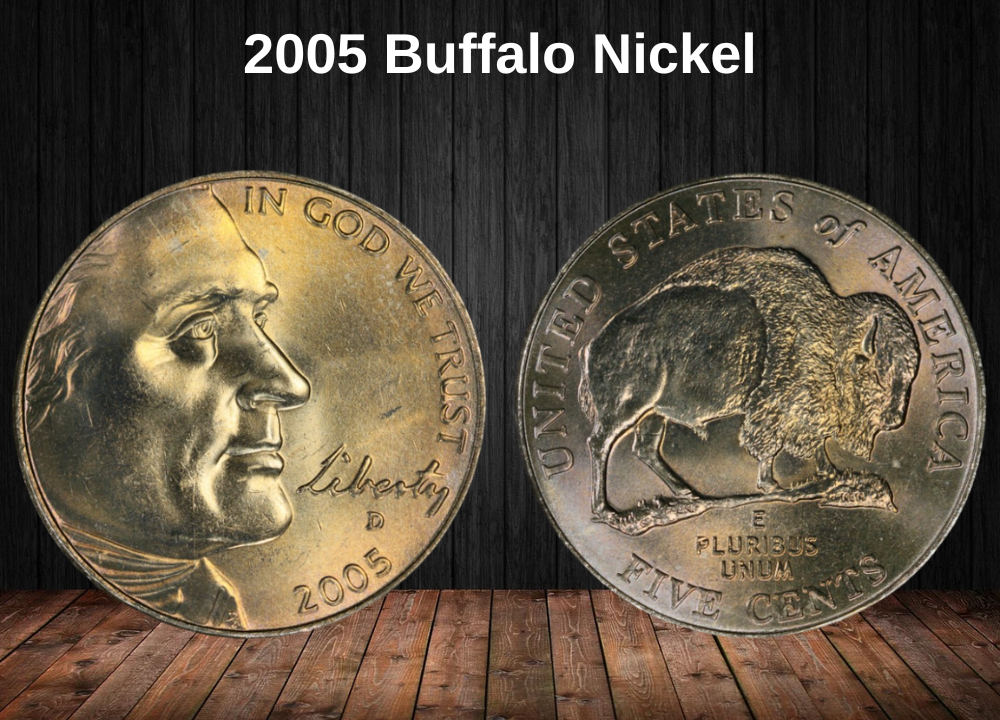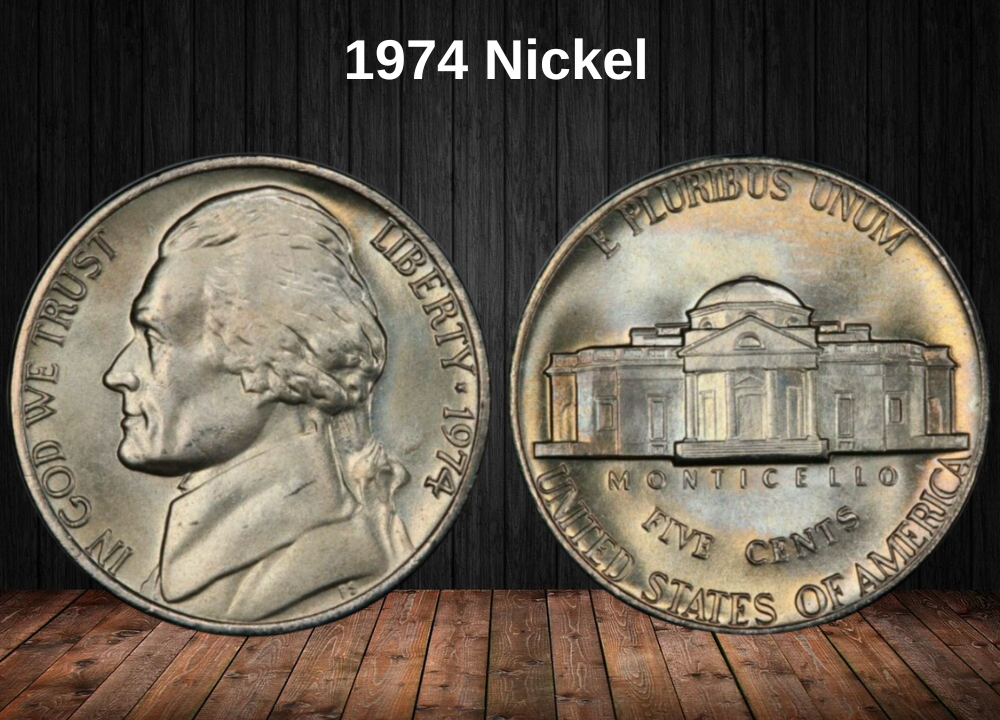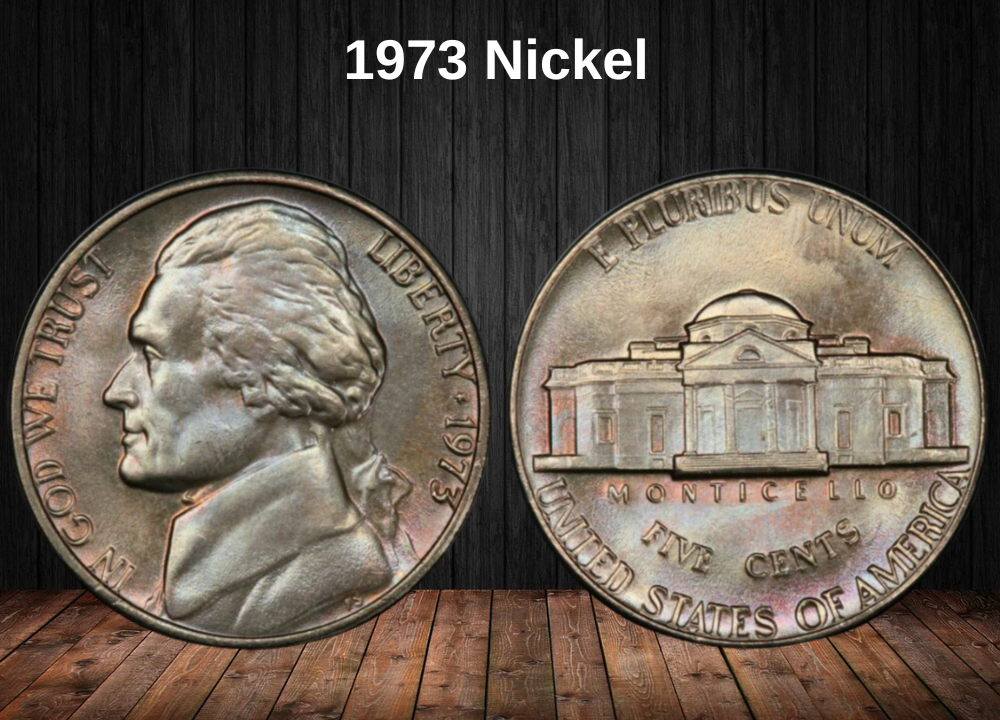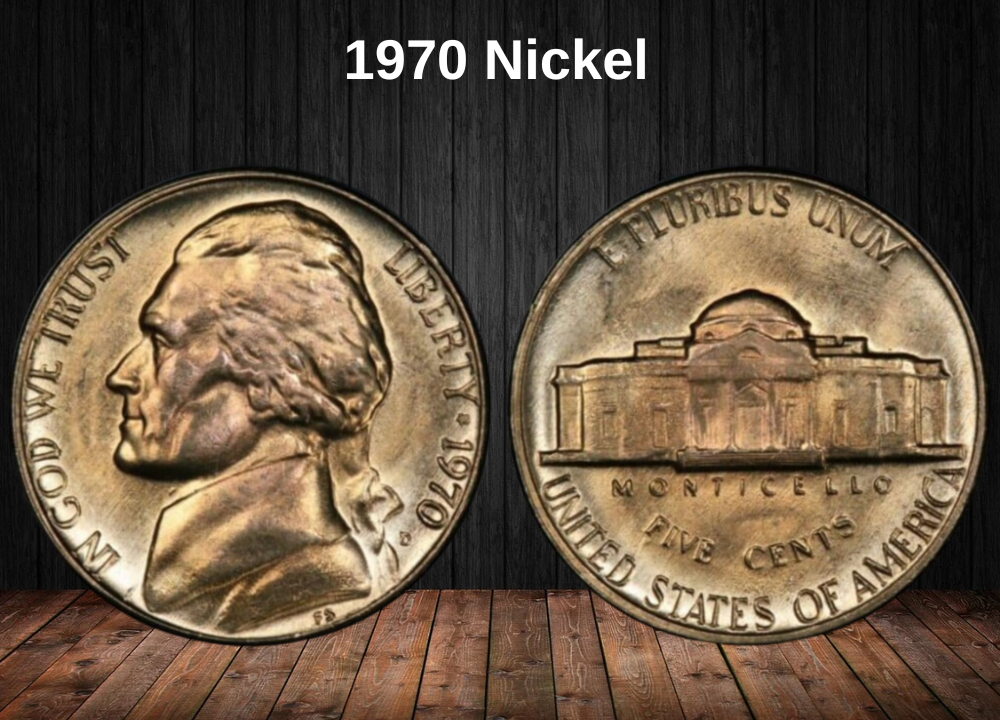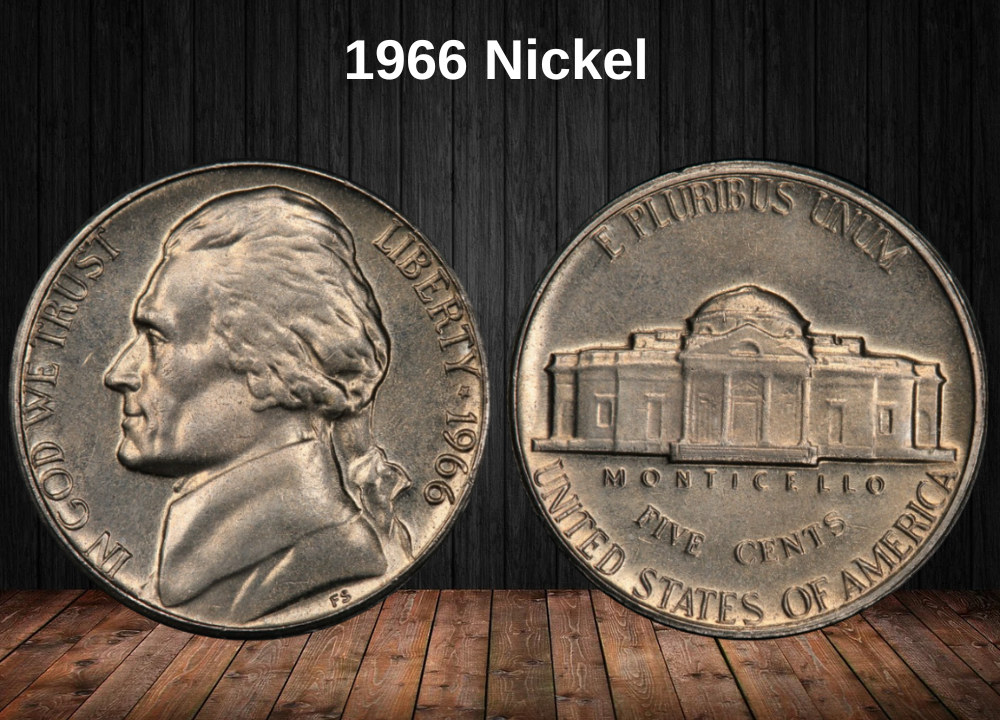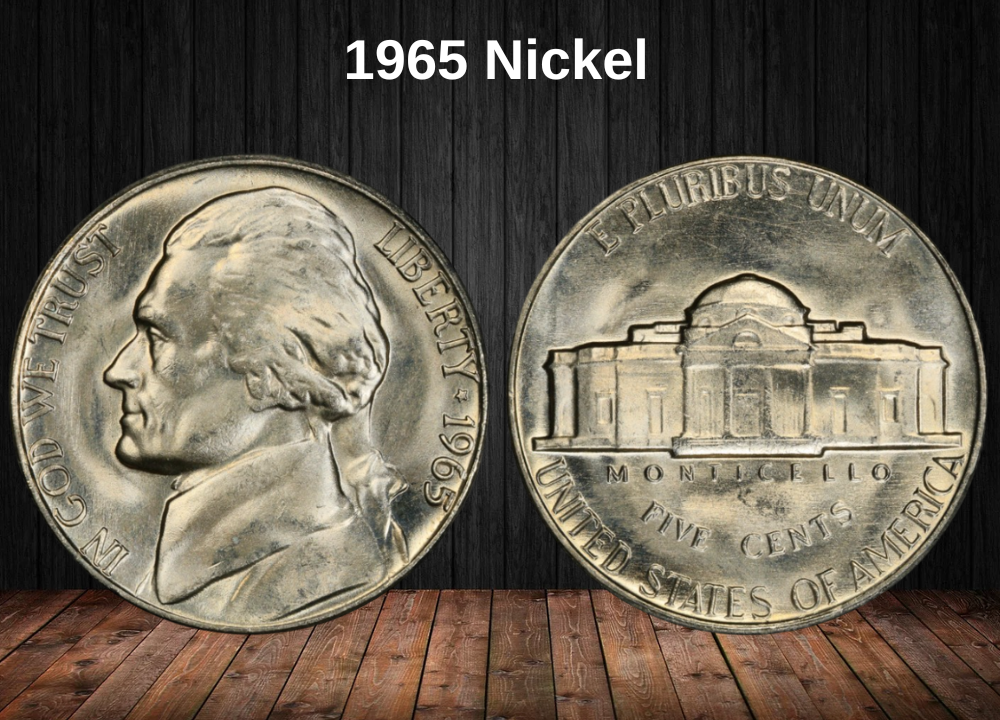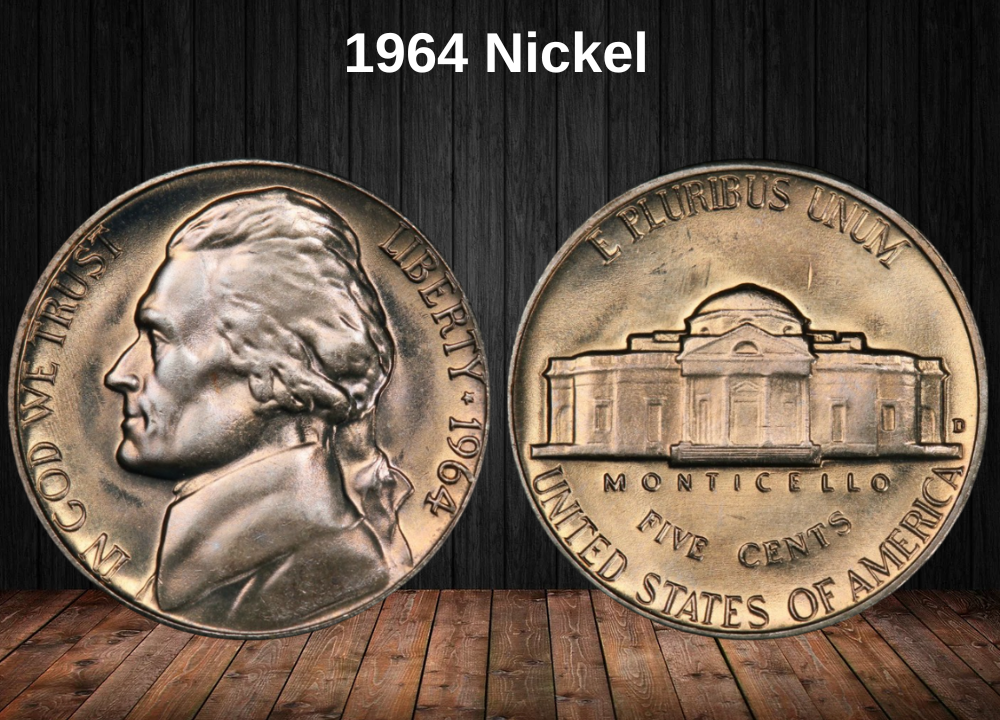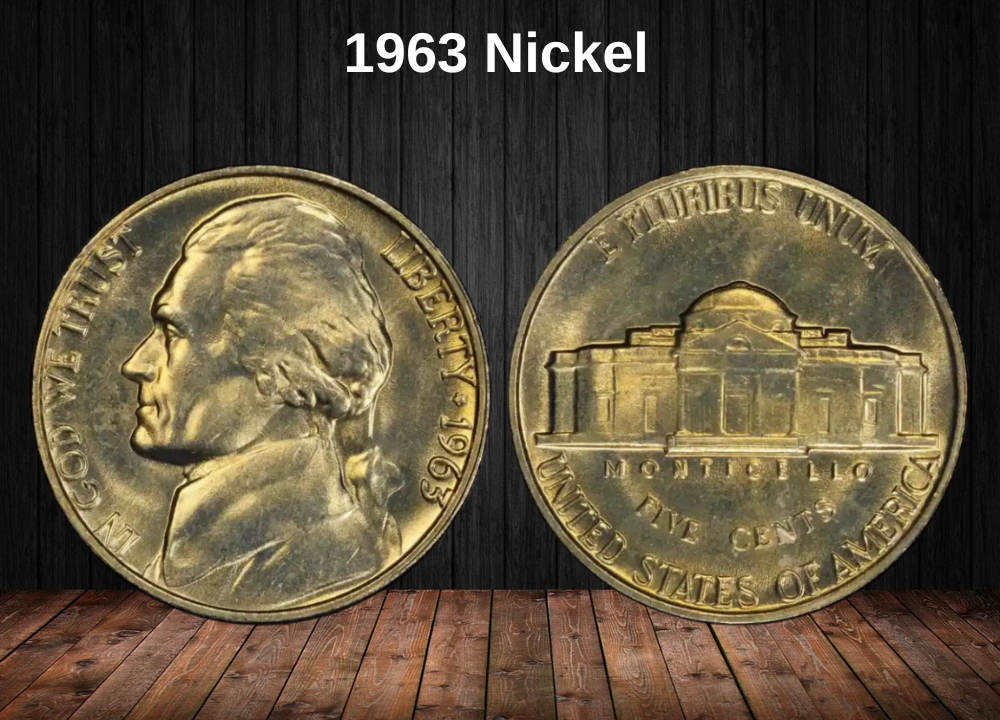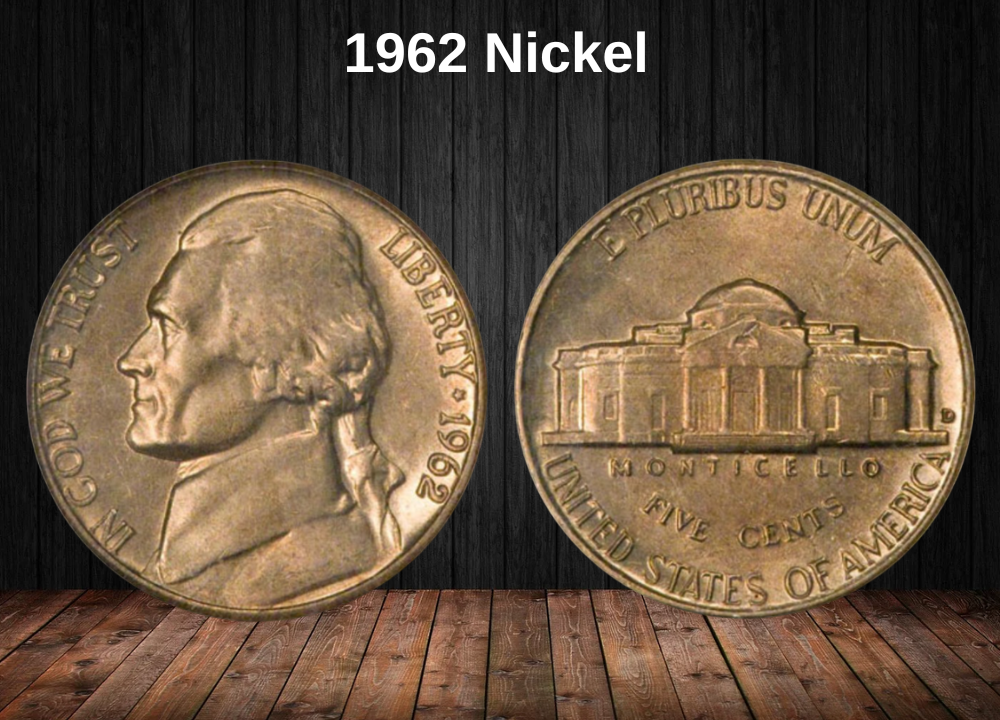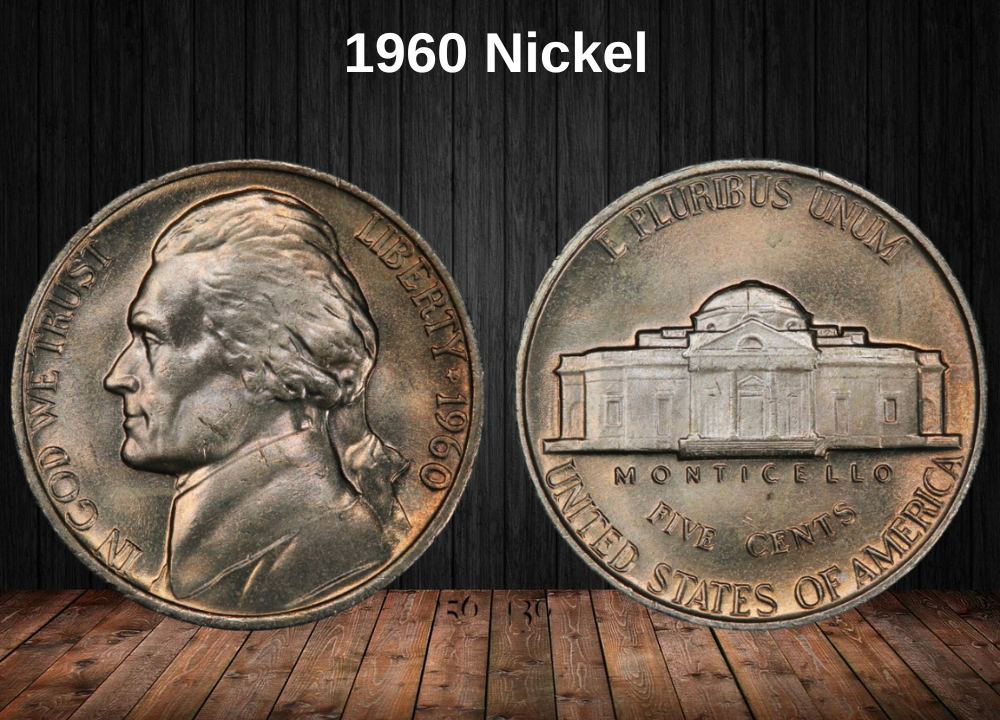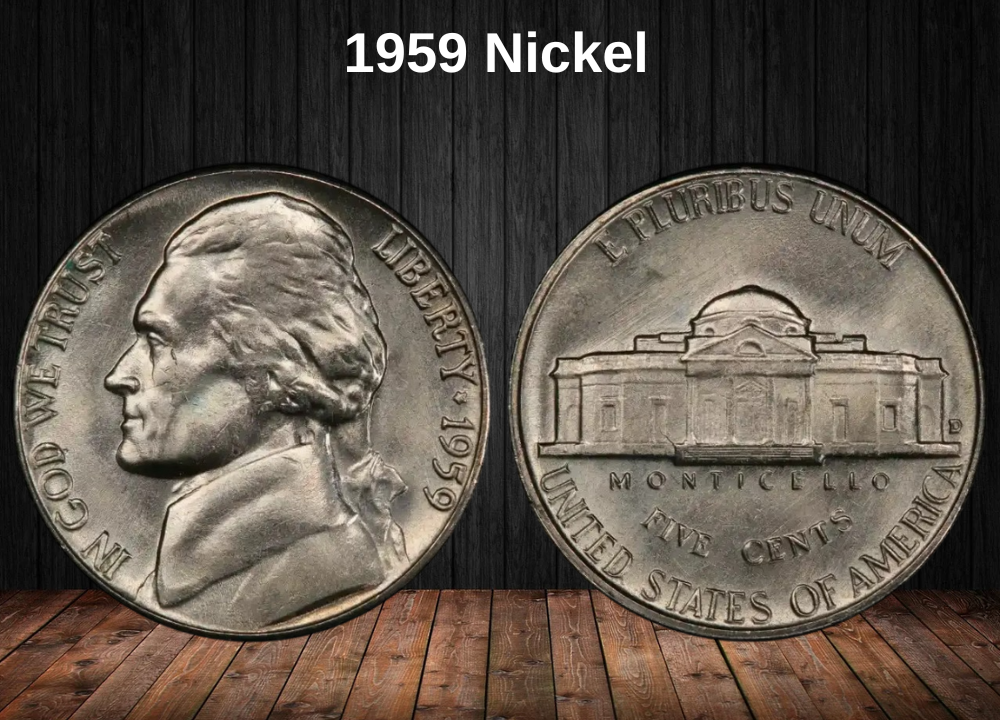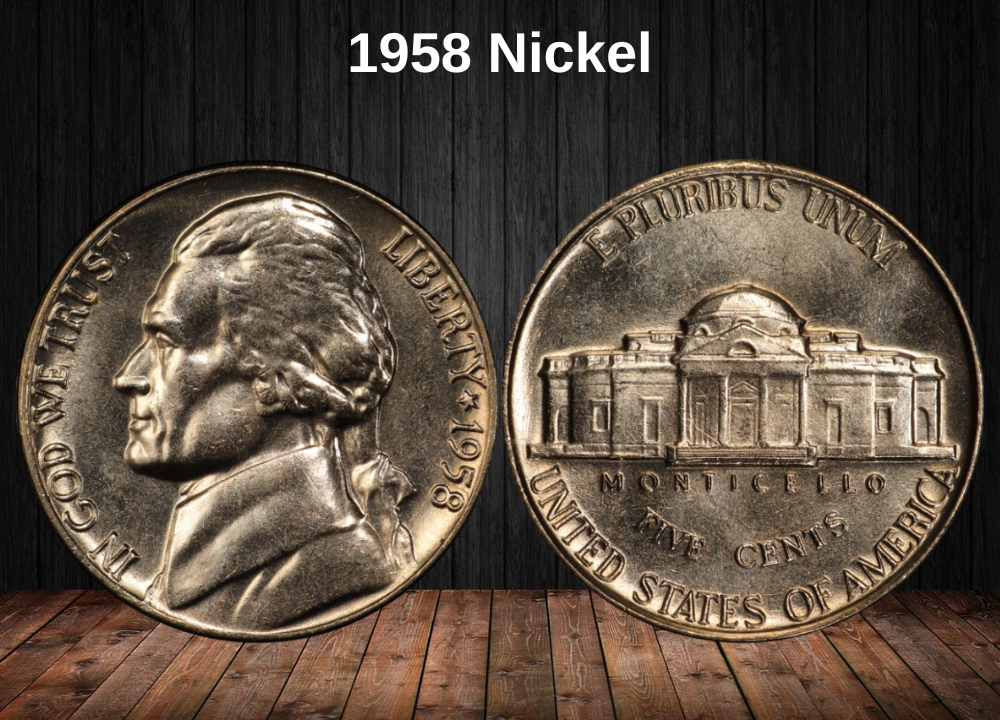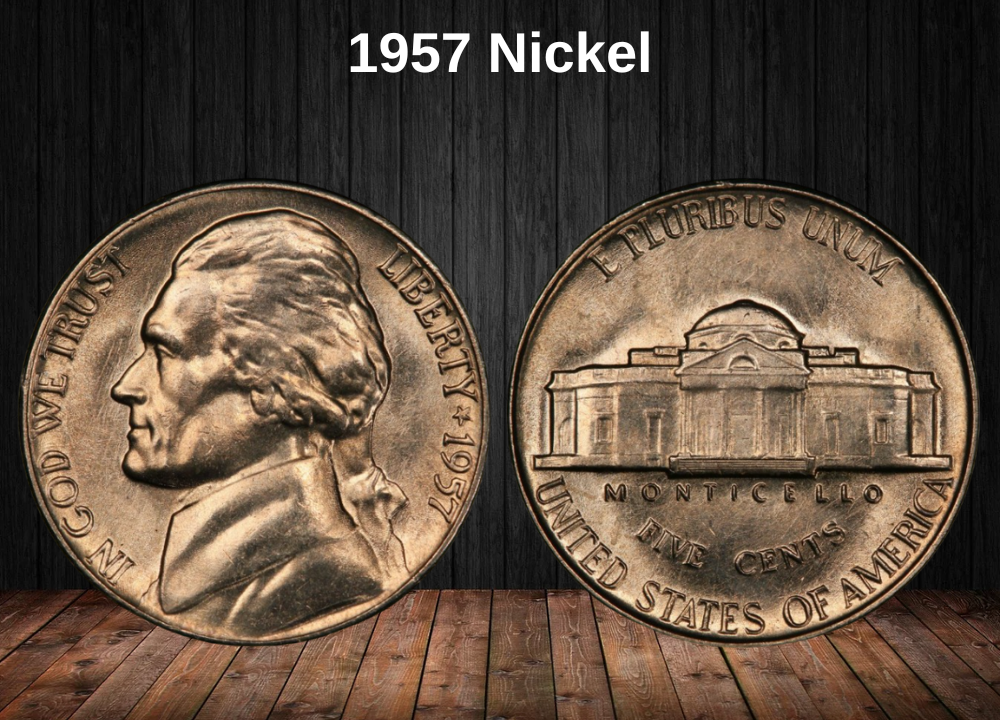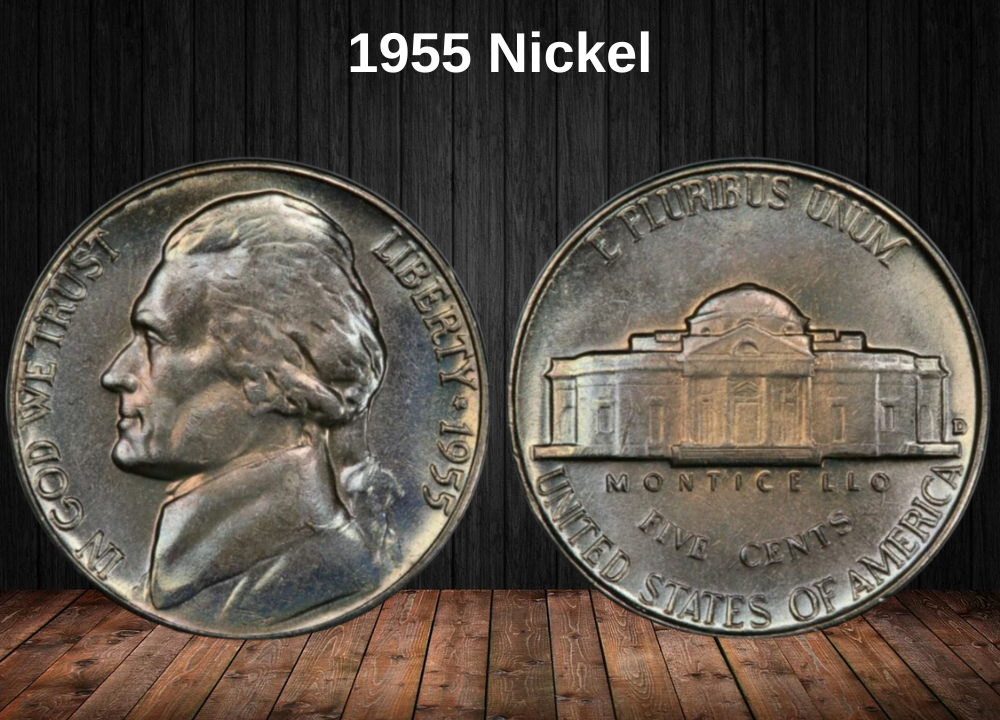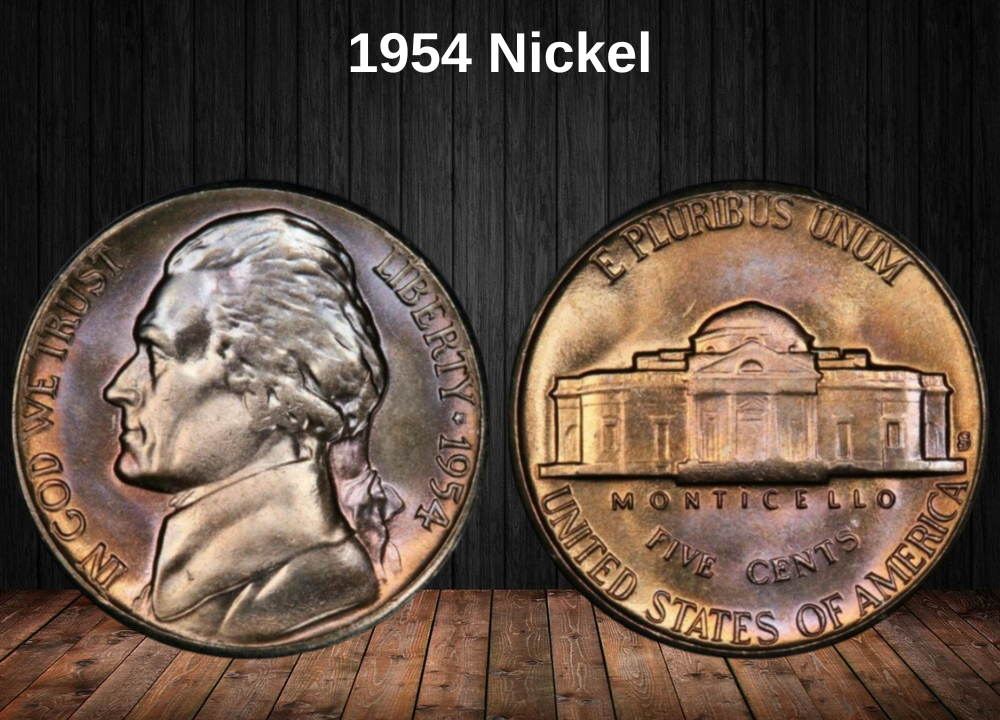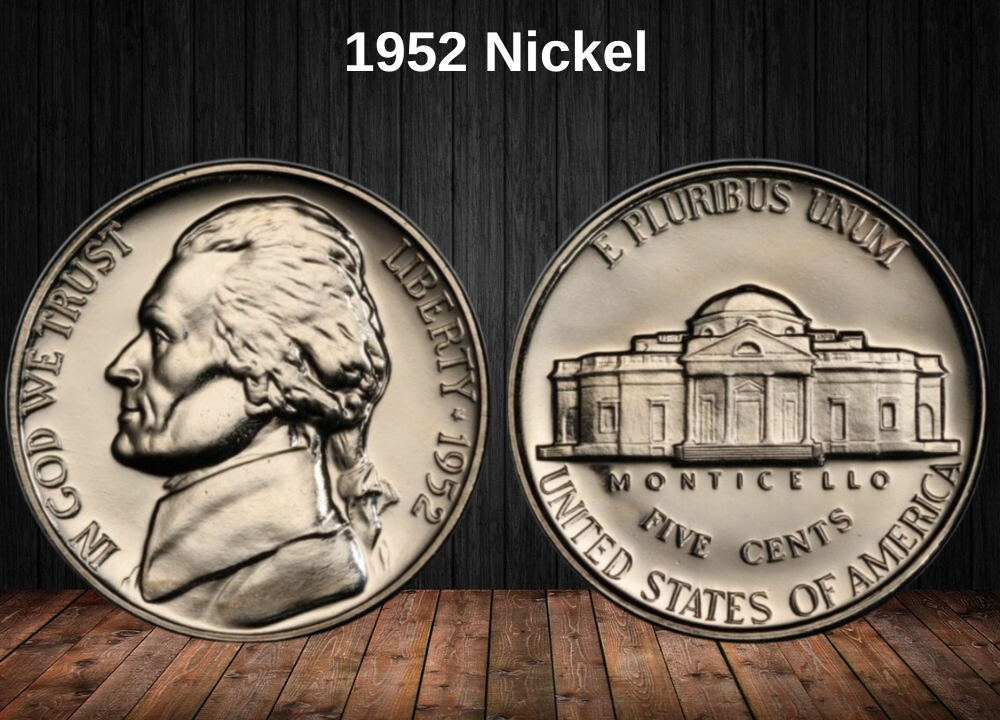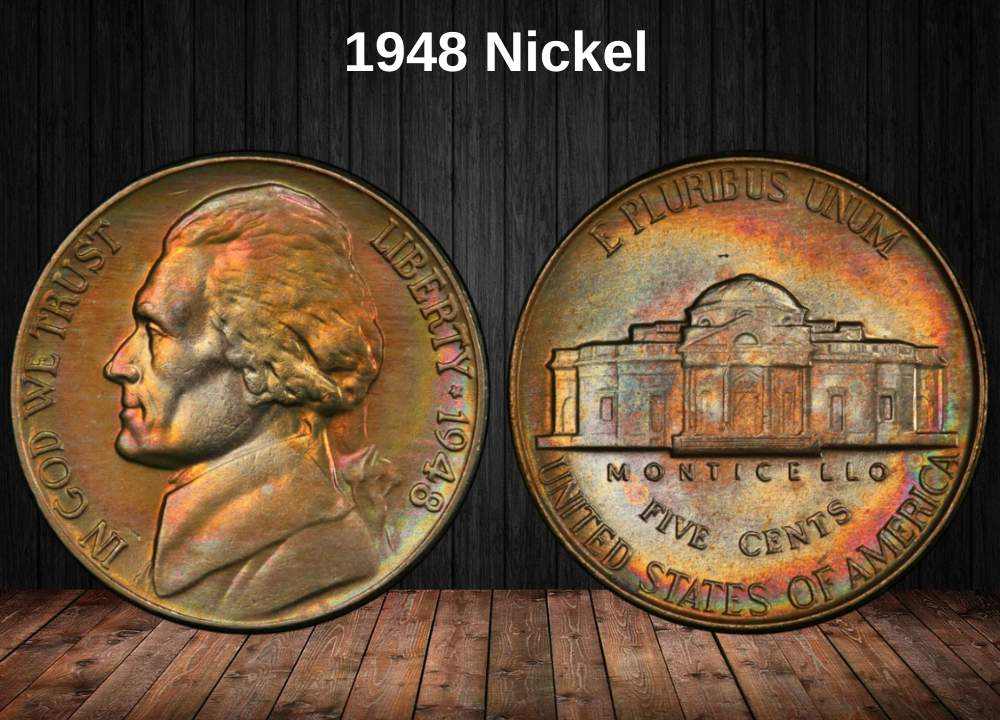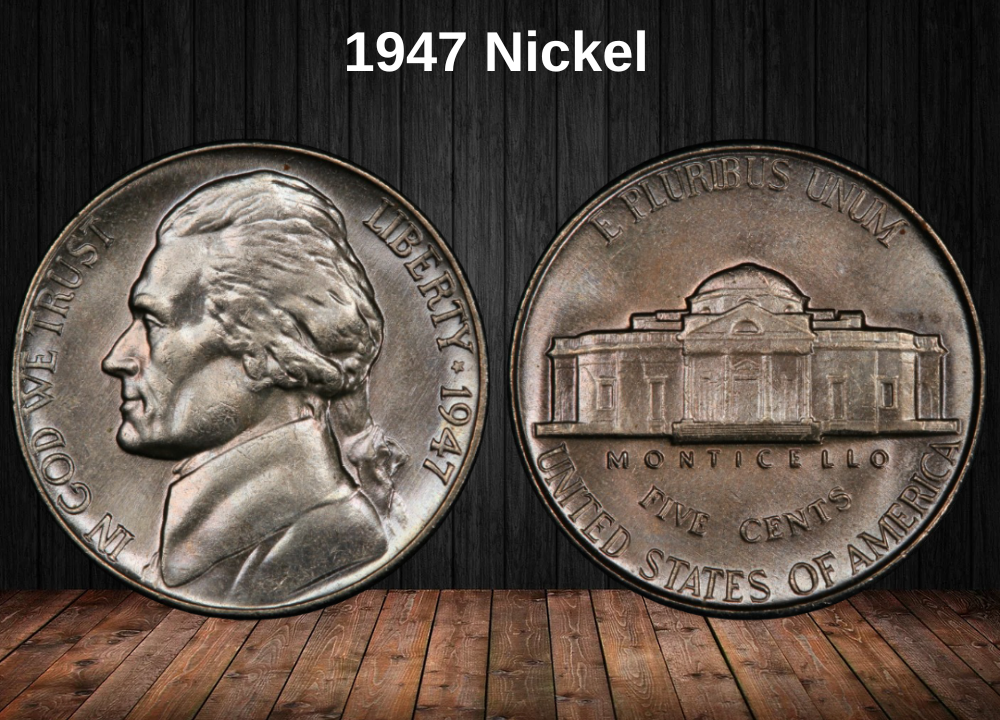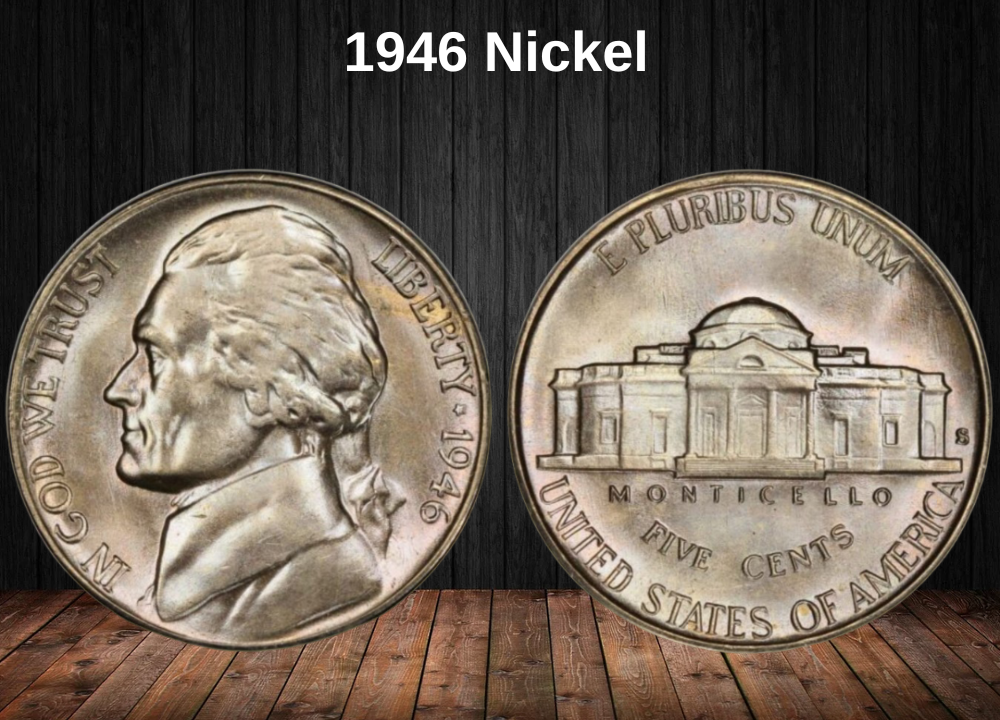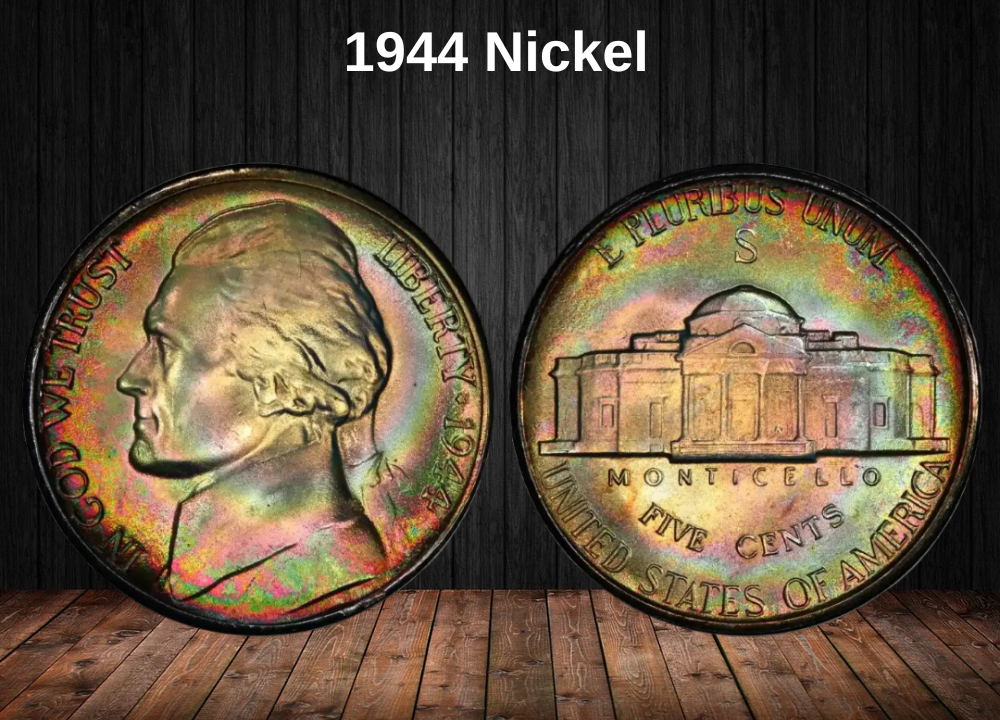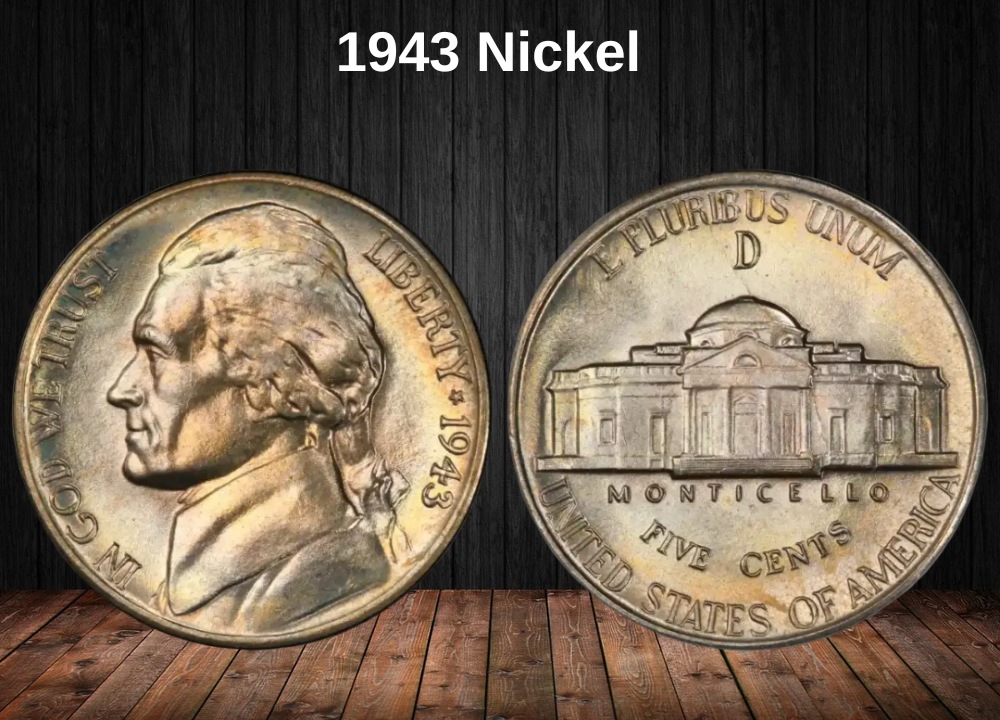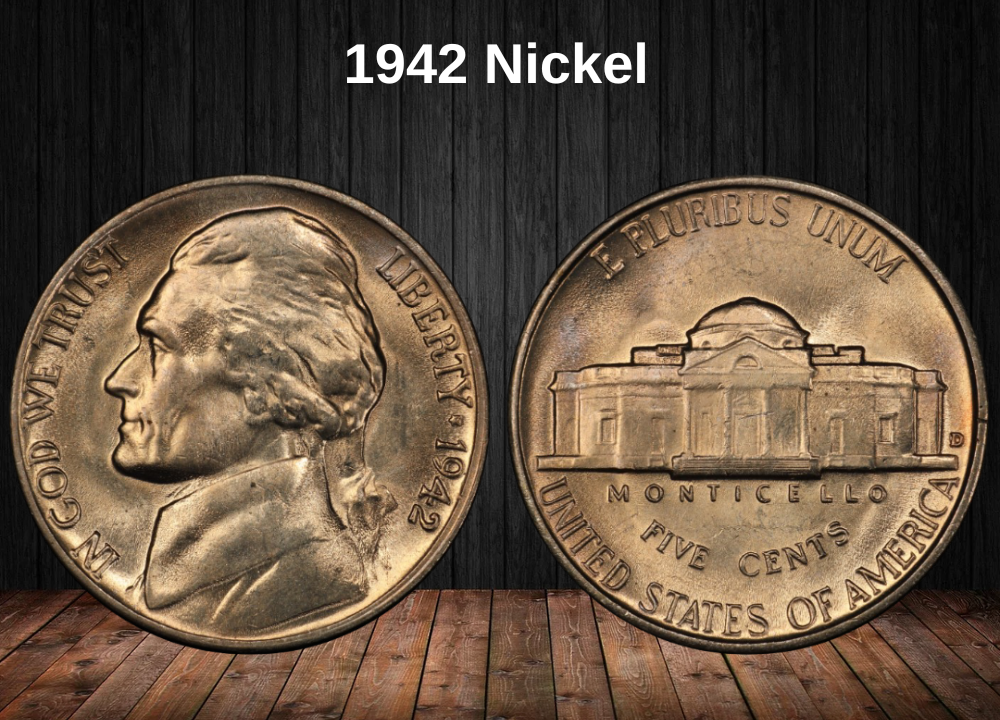The first Indian Head (Buffalo) Nickels were released into circulation on March 4, 1913, and quickly captured the public’s attention. Their design featured two iconic American symbols: the buffalo, a sacred and powerful animal in Native American culture symbolizing strength, leadership, and unity; and a Native American chief, honoring the nation’s Indigenous heritage.
Despite the popularity of the design, technical problems emerged almost immediately. The coin’s high-relief features made it difficult to strike properly, resulting in weak details and premature die wear. Although the U.S. Mint made several adjustments over the years, the issues were never fully resolved. Still, the series remains one of the most beloved and widely collected in American coin history, and values have remained strong and steady — including for the 1930 Buffalo Nickel.
1930 Buffalo Nickel Value Chart
| Condition | 1930 (No Mint Mark) | 1930-S |
|---|---|---|
| Good (G) | $1.53 | $1.53 |
| Very Good (VG) | $1.84 | $1.84 |
| Fine (F) | $3.01 | $3.01 |
| Very Fine (VF) | $4.85 | $4.85 |
| Extra Fine (XF) | $13 | $18 |
| About Uncirculated (AU) | $30 | $42 |
| Mint State 60 (MS60) | $42 | $79 |
| Mint State 63 (MS63) | $90 | $144 |
History of the 1930 Buffalo/indian head Nickel

The Buffalo Nickel, officially known as the Indian Head Nickel, is one of the most iconic and historically rich coins in U.S. numismatics. Its design, created by renowned sculptor James Earle Fraser, was intended to reflect the true American spirit—featuring a proud Native American profile on the obverse and a powerful American bison on the reverse.
Fraser’s work replaced the long-running Liberty Head (Barber) Nickel, and while the new design was widely praised for its artistry, it came with serious production challenges. The raised relief elements wore down dies much faster than previous coins, and the most crucial details—like the date and denomination—tended to fade quickly in circulation. Despite multiple redesign efforts between 1913 and 1916, these issues were never fully resolved.
Origins and Artistic Purpose
The Buffalo Nickel was part of a broader movement initiated by President Theodore Roosevelt, who believed American coinage lacked creativity and artistic value. This led to a redesign of several denominations, starting with the Lincoln Cent in 1909. The Buffalo Nickel followed in 1913, aiming to embody the rugged heritage and frontier history of the United States.
Interestingly, what was once seen as an impractical coin for daily use eventually became a beloved collectible. Though production ended in 1938—when the more practical Jefferson Nickel replaced it—Buffalo Nickels are now considered classics of American coin design.
1930 Buffalo Nickel Mintages
| Mint Location | Coin Type | Mintage |
|---|---|---|
| Philadelphia | 1930 (No Mint Mark) | 22,849,000 |
| San Francisco | 1930-S | 5,435,000 |
| Total | — | 28,284,000 |
The 1930 Buffalo Nickel was struck only at the Philadelphia and San Francisco Mints. Despite continued popularity with the public, the same production flaws persisted, and by the time Jefferson Nickels were introduced, the Mint and banks alike welcomed the transition.
Even so, these flawed-yet-beautiful coins have stood the test of time—valued today not only for their historical meaning but also for their artistic brilliance and collectibility.
Features of the 1930 Buffalo/indian head Nickel
The obverse of the 1930 Buffalo nickel
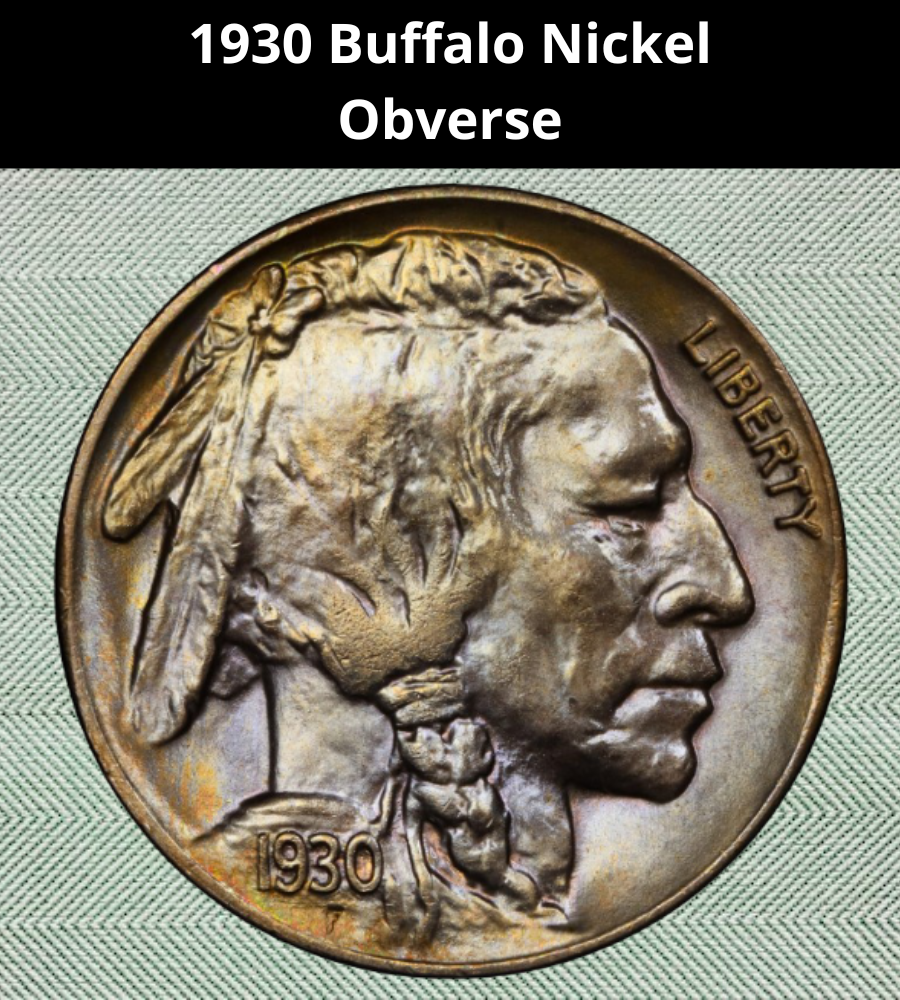
The obverse (front) of the 1930 Buffalo Nickel showcases a striking and timeless portrait of a Native American chief. The design, although lifelike, doesn’t represent a single individual. Instead, designer James Earle Fraser created the image by combining features from three different Native American chiefs—each from a distinct tribe—to form a symbolic representation of Native American heritage.
The chief is shown with mohawk-style hair, a long braid down his neck, and three feathers tucked into his hair. These three feathers became important later on, as some minting errors resulted in nickels with only two visible feathers—leading to the rare and collectible “Two-Feather” error variety.
To the left of the portrait, near the lower rim, you’ll find the date, and just below it, the letter “F”, which stands for Fraser, the coin’s designer. On the upper right, in front of the chief’s face, is the inscription LIBERTY, completing the simple yet powerful design.
The reverse of the 1930 Buffalo nickel
The reverse of the 1930 Buffalo Nickel features one of the most recognizable images in American coinage: a majestic American bison standing in profile, facing left. While two major design variations exist across the series, all 1930 nickels feature the version with the bison standing on flat ground. This adjustment was made after early issues—where the animal stood on a raised mound—wore down too quickly during circulation and production.
In addition to the bison, the reverse contains the following inscriptions:
- UNITED · STATES · OF · AMERICA — curved along the upper rim
- E PLURIBUS UNUM — nestled above the bison’s back
- FIVE CENTS — the coin’s denomination, located at the bottom
- A small mint mark (S) just below the denomination, only on coins minted in San Francisco
The Mystery Behind the Bison
Designer James Earle Fraser claimed that the model for the bison was a creature named Black Diamond, reportedly from the Bronx Zoo. However, historical records indicate that no bison by that name ever lived there. Interestingly, a bison called Black Diamond did reside at the Central Park Menagerie, just a short distance from Fraser’s New York studio. The mix-up has remained one of numismatics’ minor mysteries, with no confirmed sketches to fully clarify the animal’s identity.
Physical Specifications of the 1930 Buffalo Nickel
| Feature | Specification |
|---|---|
| Face Value | 5 cents (USD) |
| Composition | Cupronickel (75% copper, 25% nickel) |
| Diameter | 21.2 mm (0.8346 inches) |
| Thickness | 1.95 mm (0.0768 inches) |
| Weight | 5 grams (0.1764 ounces) |
| Shape | Round |
| Edge | Plain (smooth) |
Other Features of the 1930 Buffalo Nickel
The 1930 Buffalo Nickel is made from cupronickel, a durable metal alloy composed of 75% copper and 25% nickel. Each coin carries a face value of five cents and features a smooth, plain edge without any reeding.
In terms of size and weight, this classic coin follows standard Buffalo Nickel specifications:
- Weight: 5 grams (0.176 ounces)
- Diameter: 21.2 mm (0.835 inches)
- Thickness: 1.95 mm (0.077 inches)
Though practical in size, its intricate design often made minting a challenge—one of the reasons the Buffalo Nickel was eventually replaced in 1938.
1930 Buffalo Nickel Grading
Grading a 1930 Buffalo Nickel is a crucial step in determining its market value. There are two common approaches:
- Self-Grading:
Collectors often use the Sheldon Scale, which ranges from 1 to 70, to evaluate a coin’s condition based on visible wear, design clarity, and surface preservation. While this method is useful for general reference, it requires a trained eye and comparison with trusted grading images. - Professional Grading:
If you believe your coin is in Mint State (MS) condition or shows signs of being a valuable error variety, it’s best to send it to a reputable grading service like PCGS or NGC. Professionally certified coins often fetch significantly higher prices at auction or resale.
Here’s how the Sheldon Scale breaks down for Buffalo Nickels:
| Grade Number | Grade Description |
|---|---|
| 1 | Basal State-1 |
| 2 | Fair |
| 3 | Very Fair |
| 4, 5, 6 | Good |
| 7, 8, 10 | Very Good |
| 12, 15 | Fine |
| 20, 30 | Very Fine |
| 40 | Extremely Fine |
| 50 | About Uncirculated (AU) |
| 60 | Mint State (MS 60) |
| 65 | Mint State (Gem MS 65) |
| 70 | Perfect Mint State (MS 70) |
Tip: If you’re unsure about your coin’s condition, consult a grading guide with images or seek help from a trusted dealer. Grading accurately is essential if you plan to sell or insure your coin.
1930 Buffalo Nickel Value Guides
1930 Buffalo nickel Value
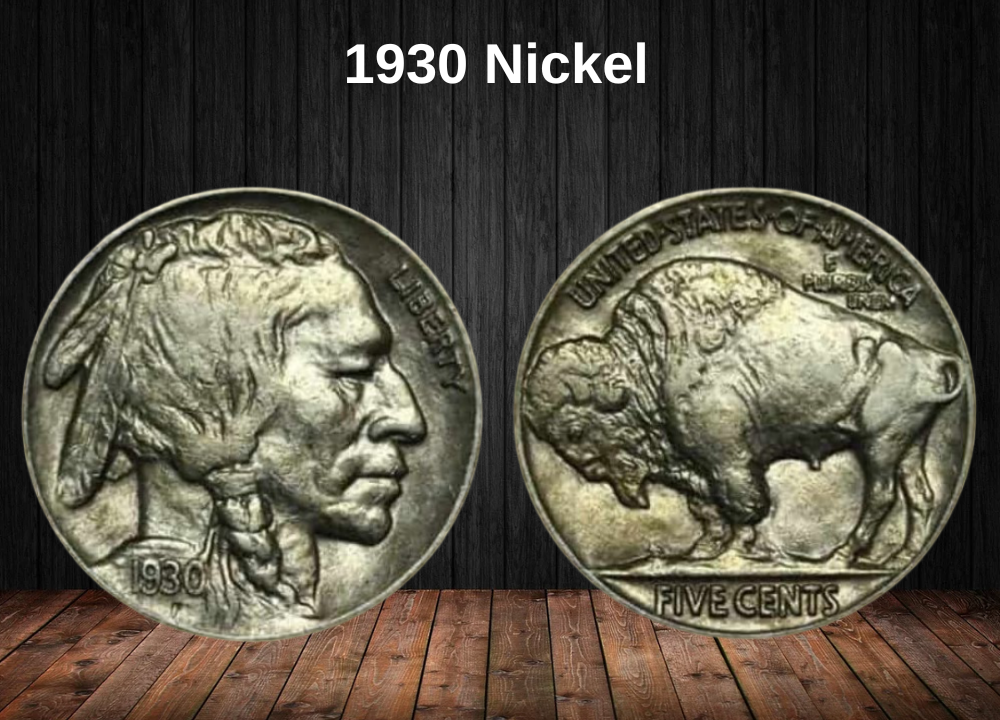
The Philadelphia Mint struck a total of 22,849,000 Buffalo Nickels in 1930—about four times the number produced in San Francisco that same year. This high mintage keeps the coin relatively affordable, even though it’s now over 90 years old.
In circulated condition, a 1930 (P) Buffalo Nickel typically sells for $0.45 to $13, depending on the level of wear. Coins graded About Uncirculated (AU) are a bit more valuable, usually worth between $16 and $26.40.
If you’re lucky enough to own an uncirculated (Mint State) example, values begin to rise:
- MS 60 to MS 66 coins typically range from $60 to $475, depending on eye appeal, luster, and strike quality.
- MS 67 specimens are much rarer and generally valued at around $3,400 in today’s market.
- The highest known grade, MS 67+, is extremely scarce. One such coin sold for $15,600 at auction in 2020.
1930 Buffalo nickel (proof)
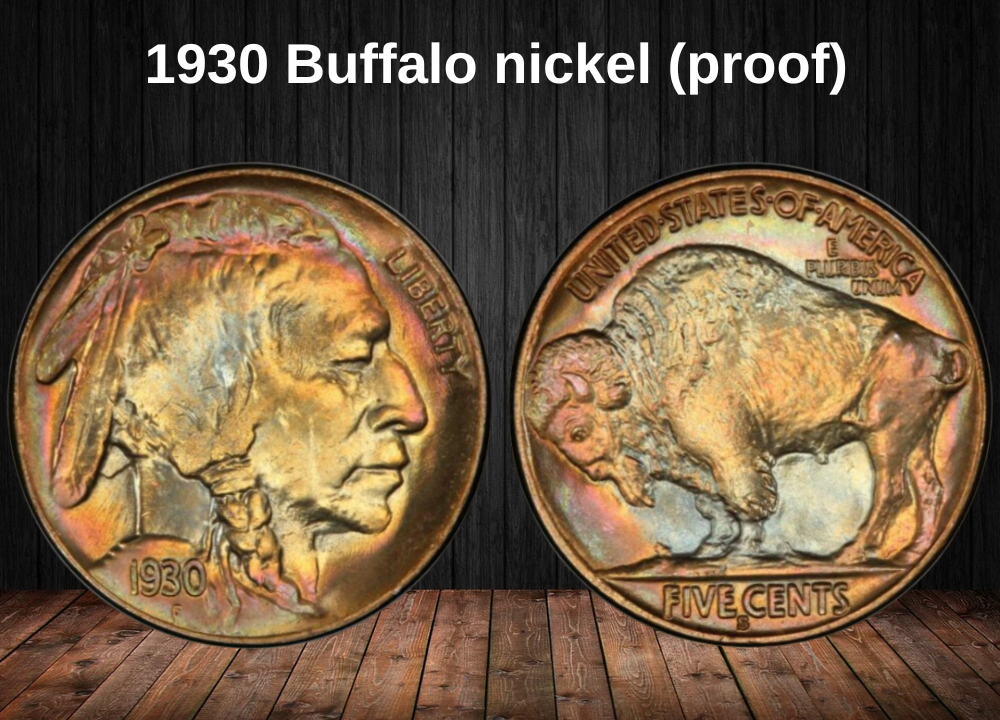
There are no official proof Buffalo Nickels dated 1930. The U.S. Mint only struck proof versions of this coin in two short windows: from 1913 to 1916, and again in 1936 and 1937. That means no collector-intended (proof) nickels exist from the 1930 mintage.
If you’re aiming to add a high-grade 1930 Buffalo Nickel to your collection, your best option is to search for regular strike (business strike) examples in top Mint State (MS) condition—ideally MS 66 or higher.
These high-grade coins are far more affordable than proofs from other years, but their quality and rarity can still make them valuable centerpieces in any vintage U.S. coin collection.
1930 S Buffalo nickel
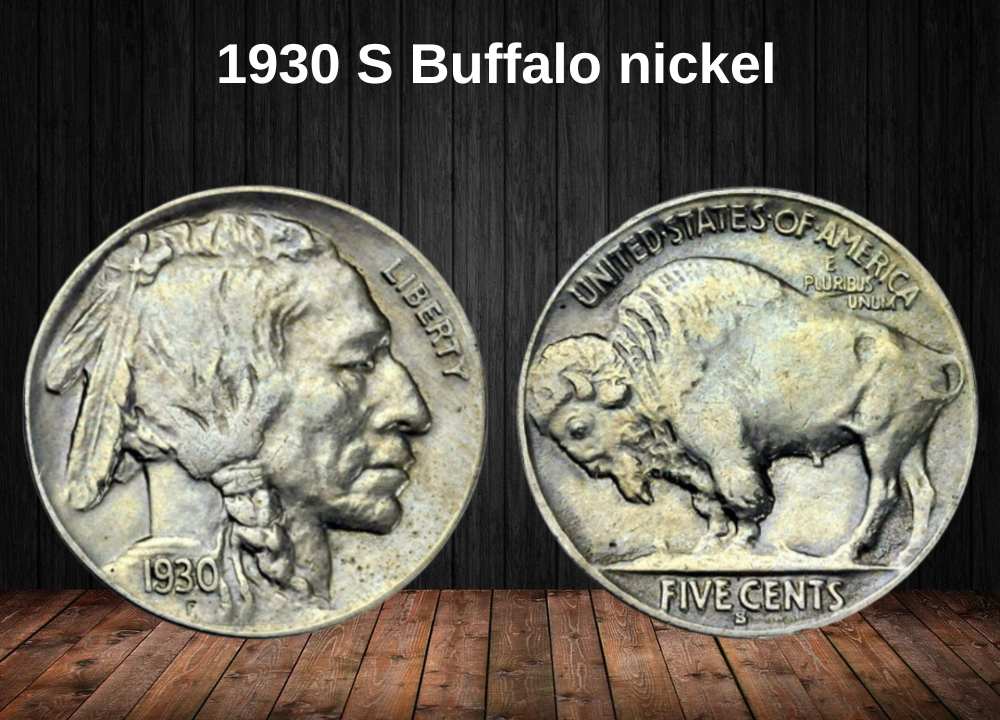
In 1930, the San Francisco Mint struck 5,435,000 Buffalo Nickels, making this one of the lower-mintage issues of the decade. Despite their age, many of these coins survive in varying conditions, and their value depends heavily on grade and eye appeal.
In circulated condition, a 1930-S Buffalo Nickel is typically worth between $0.45 and $60, with better-preserved pieces commanding higher prices.
Uncirculated (Mint State) examples are significantly more desirable and valued as follows:
- MS 60 – $100
- MS 61 – $115
- MS 62 – $150
- MS 63 – $200
- MS 64 – $350
- MS 65 – $475
- MS 66 – $1,050
At the top of the grading scale, MS 67 nickels are quite rare and can sell for around $12,500. However, the most valuable known specimen is a 1930-S Buffalo Nickel graded MS 67+, which achieved a remarkable $30,550 at auction in 2017.
Rare 1930 Buffalo Nickel Errors List
Two-Feather Buffalo Nickel Error
The classic Buffalo Nickels feature an Indian chief on the obverse, proudly adorned with three feathers in his hair. However, due to repeated polishing of the coin dies at the San Francisco Mint, one of these feathers was sometimes accidentally removed, resulting in the rare Two-Feather error.
Most surviving two-feather nickels tend to be in lower grades, with values generally ranging from $65 to $576. Yet, well-preserved examples graded in Mint State (MS) can command significantly higher prices—experts estimate these coins to be worth between $2,750 and $3,300.
This rarity was proven recently when a collector purchased a two-feather Buffalo Nickel on eBay for $4,227 in 2023, highlighting the strong demand for this unique minting mistake.
Doubled Die Error on the 1930 Buffalo Nickel
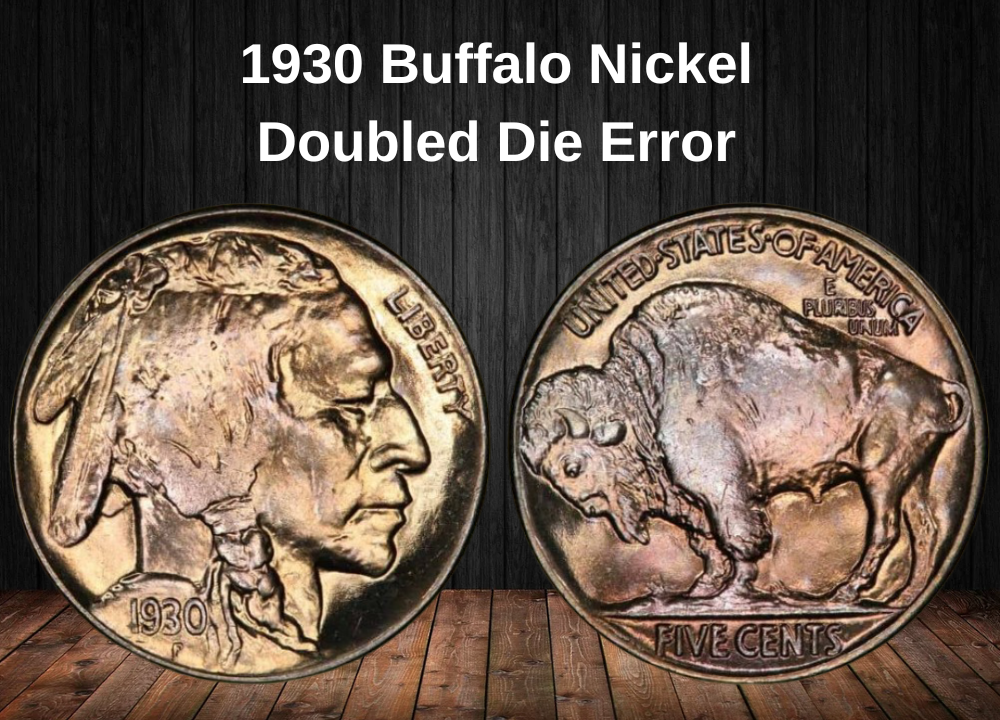
The doubled die error on a 1930 Buffalo Nickel happens when the coin dies produce a slightly duplicated image or lettering, resulting in a noticeable doubling effect on the coin’s surface. This doubling can appear on dates, inscriptions, or other design elements.
Values for doubled die nickels vary depending on condition:
- Heavily worn examples typically sell between $50 and $390.
- Most uncirculated coins fall in the range of $350 to $540.
- Only top-tier specimens graded MS 65 or MS 66 exceed the $1,000 mark.
Auction results also differ based on which side of the coin shows the error. For instance, in 2014, a collector paid $3,290 for a 1930 Buffalo Nickel with a Doubled Die Reverse (DDR) in the highest known grade. Meanwhile, a 1930 MS 66 Doubled Die Obverse (DDO) Buffalo Nickel sold for $2,395 on eBay in 2018.
Die Crack Error
Die cracks occur when the minting dies become old and develop fractures, causing raised lines or breaks in the coin’s design. On Buffalo Nickels, this can appear as visible cracks or small chunks of metal missing (known as cuds). Coins exhibiting die cracks generally sell for around $50, depending on severity and eye appeal.
Re-Punched Mint Mark (RPM)
A re-punched mint mark happens when the mint mark—typically the “S” for San Francisco—is stamped more than once, often to correct a misaligned initial strike. This double impression creates a distinctive overlapping look. These nickels usually sell for a few dozen dollars, but examples in higher grades can command premiums. For example, an RPM Buffalo Nickel graded MS 62 fetched $431 at auction.
Where to sell your nickel?
Now that you’re aware of your nickel’s value, you may be curious about the best places to sell it. Don’t worry: here’s a rundown of some top online marketplaces where you can conveniently sell your nickels, along with their benefits and drawbacks.
Explore the best platforms for selling nickels online (advantages and disadvantages).
FAQ about the 1930 Buffalo Nickel
1. How do die wear patterns and strike quality variations between the 1930 Philadelphia, Denver, and San Francisco Buffalo Nickels influence their grading and collector desirability?
Die wear and strike quality vary significantly among the 1930 mint locations. Philadelphia coins generally have stronger strikes and less die wear, making high-grade examples more common. Denver and San Francisco issues often show softer strikes and more die deterioration, lowering their numerical grades and making well-struck specimens rarer and more sought after. Collectors prize coins with sharp details, especially in high-grade examples from the Denver and San Francisco mints.
2. What specific repunched mint mark (RPM) and doubled die varieties are documented for the 1930 Buffalo Nickel, and how can these be reliably identified by collectors without professional certification?
Several RPMs, especially on the Denver (“D”) mint marks, and doubled die varieties on date numerals or letters are documented for 1930 Buffalo Nickels. Collectors can identify these by closely examining coins under magnification for overlapping or shadowed mint marks and doubled images. Reference guides and high-quality photos from trusted numismatic sources help in visual comparison, enabling confident attribution without needing third-party grading.
3. How does the metal composition and planchet preparation in 1930 affect the frequency of mint errors such as die cracks and off-center strikes observed in Buffalo Nickels of this year?
The 75% copper and 25% nickel alloy used in 1930 Buffalo Nickels was prone to hardening, making planchet preparation critical. Any imperfections or debris could cause die stress, leading to cracks and defects. Overused dies combined with imperfect planchets increased off-center strikes and die cracks. These mint errors are more frequent in 1930 than in some other years, making error varieties relatively common and collectible.
4. In what ways did the economic conditions of the early Great Depression impact the mintage numbers, circulation patterns, and survival rates of 1930 Buffalo Nickels?
The Great Depression, beginning in 1929, led to reduced coin production and altered circulation. Many coins were quickly put into circulation and heavily used, causing fewer high-grade survivors. Economic hardship also meant fewer coins were saved by collectors at the time. These factors contribute to the scarcity of well-preserved 1930 Buffalo Nickels today, especially from the Denver and San Francisco mints.
5. How can advanced die study and die state analysis help attribute individual 1930 Buffalo Nickels to specific stages of die usage, and what significance does this have for their rarity and value?
Die state analysis involves examining progressive die wear features such as cracks, polishing lines, and clash marks. Early die states often show sharper details and are rarer, whereas late die states may have distinctive cracks or weak strikes. Attribution to a specific die stage can increase a coin’s rarity and appeal, especially for high-grade examples, as collectors value early die states for their superior detail and historical importance.
6. What preservation challenges do 1930 Buffalo Nickels face due to their copper-nickel alloy, and what storage methods best mitigate issues like toning, corrosion, or surface degradation?
Copper-nickel alloys can oxidize, causing toning or corrosion, especially if exposed to moisture or acidic materials. To preserve 1930 Buffalo Nickels, collectors should store coins in inert holders (such as Mylar flips or certified slabs), avoid PVC plastics, maintain low humidity, and minimize handling. Silica gel packs and stable temperature environments further prevent degradation, preserving both appearance and value.
7. How have recent auction trends and population reports influenced the market values of 1930 Buffalo Nickels, especially high-grade and error varieties?
Recent auction data shows increased demand and prices for high-grade and error 1930 Buffalo Nickels, driven by collector interest in early 20th-century U.S. coins. Population reports indicate a limited number of certified MS65+ coins, contributing to price appreciation. Error varieties such as doubled dies and RPMs command premiums as well. Market trends suggest continued growth potential, making well-preserved and rare varieties attractive investments.

